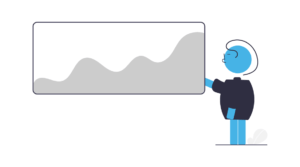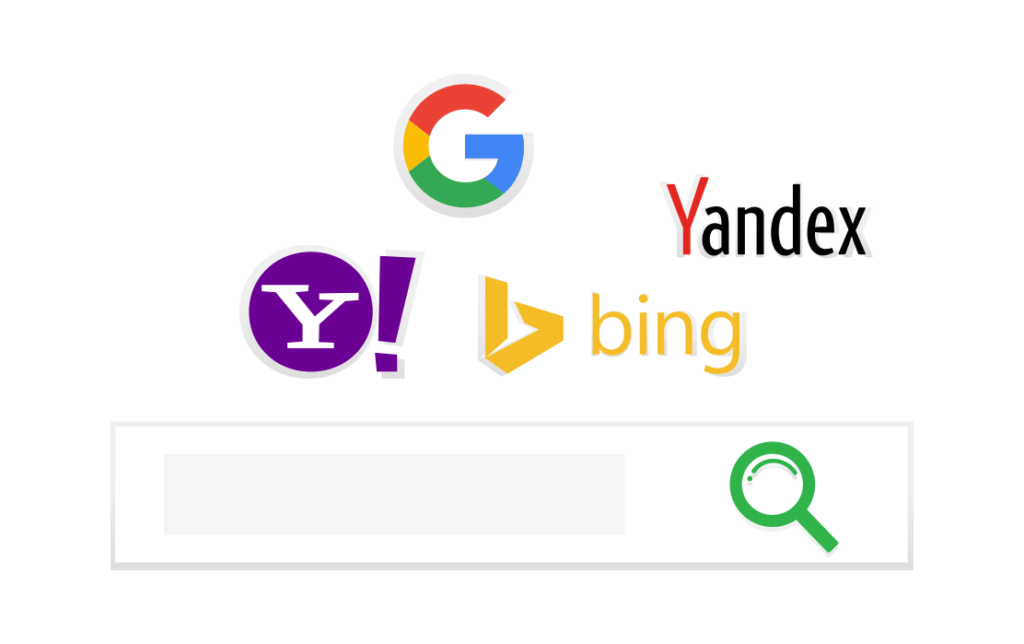Search intent plays a crucial role in determining the click-through rate (CTR) of search engine results. If the title of a specific search result does not closely align with what I’m searching for, there is little chance I’ll click on it, right? (Unless it is pure curiosity).
Search intent refers to the reason behind a search engine user’s search query and what they hope to achieve through their search.
When a user performs a search, they have a specific intention or goal in mind. If the search engine results accurately address their search intent, the user is more likely to click on the result and continue their search on the website.
However, if the search engine results do not match their search intent, the user may quickly bounce back to the search results and click on a different result that better matches their needs.
Therefore, if a website’s content matches the search intent of its target audience, it is more likely to receive clicks and higher CTR. By understanding the intent behind users’ search queries, website owners and digital marketers can optimize their content to increase its relevance and appeal to their target audience, thereby improving their CTR and overall search engine visibility.

Because aligning intent with content is so important, its essential to start with keyword mapping when planning your content topics (titles).
Keyword mapping is a process of assigning specific target keywords to individual pages on a website to ensure that each page is optimized for the right keywords and topics. The purpose of keyword mapping is to help align the SEO goals of a website with its content and to ensure that the content addresses the needs and interests of its target audience.
By using keyword mapping to align SEO goals with content, website owners and digital marketers can ensure that their content is optimized for the right keywords and topics and is relevant and valuable to their target audience. This can help improve search engine rankings, increase organic traffic, and ultimately drive more conversions and revenue for the business.
To learn more about how to align search intent with your website’s content, reach out to us. We offer many digital marketing services, including keyword mapping.
We also offer free initial consultations.
Read our client reviews to learn more about our brand, or our team.
Search intent, also known as user intent, refers to the underlying purpose or goal that a user has when they perform a search query on a search engine.
Understanding search intent is important when creating search engine optimization (SEO) and PPC strategies because search engines aim to provide the most relevant and helpful results to users.
The user is looking for information or answers to a question. Examples include “what is the capital of France?” or “how to make a pizza?”
The user is trying to navigate to a specific website or webpage. Examples include searching for “Facebook login” or “Amazon shopping cart.”
The user is looking for information about a product or service with the intention of making a purchase. Examples include “best laptops under $1000” or “cheap flights to London.”
The user intends to make a specific transaction, such as buying a product, downloading an app, or booking a hotel room. Examples include “buy Nike running shoes online” or “download WhatsApp messenger.”

By understanding the intent behind a user’s search query, website owners and digital marketers can optimize their content and web pages to better meet the needs of their target audience. This can help improve search engine rankings, increase click-through rates, and drive more relevant traffic to a website.
So how do we keep track of the intent behind all of our keywords? Well, with keyword mapping.
Keyword mapping is process used to unearth organize the metrics related to target keywords. During this process, we typically ensure that we have listed the intent associated with all target keywords for reach respective content cluster of a website.

To learn more about how to align search intent with your website’s content, reach out to us.
We offer free initial consultations.
Read our client reviews to learn more about us, or our team.
Post Updated: 01/03/2024
Roll up, roll up, SEO wizards and PPC maestros! Time to pull back the curtain on the magical world of keyword mapping tools.
Picture this: your keywords are like a herd of wild kittens, frisky and free, scampering about in all directions. Fun? Maybe. Conducive to effective SEO and PPC campaigns? Absolutely not.
Enter the humble keyword mapping tools, the unsung heroes, the shepherd of your fluffy, wayward keyword (kittens). These tools help you corral your keywords, assigning each one a purpose and a place on your website.
In this post, we will take a look at SEO Succor’s 10 favorite keyword mapping tools for 2023.

An alternative to finding the keyword mapping tools you enjoy, conducting your keyword research, and mapping it into spreadsheets for your content team, would be to reach out to us.
We offer professional keyword mapping services, as well as full-service SEO.
Schedule a complimentary consultation with our staff to learn more.
A keyword map is an essential tool for any effective SEO strategy. It is essentially a blueprint that links keywords or keyword phrases to specific pages on a website. This mapping helps to optimize each page for a set of closely related, highly relevant keywords, enhancing the page’s search engine ranking for those terms.
In other words, think of a keyword map as a road map for your website’s content. Each road (or page) has a list of towns (or keywords) that it’s associated with. The goal is to ensure that when search engine users type those keywords into their search bar, your page comes up as a primary destination. This practice helps you attract more (and more relevant) traffic to your site, leading to better engagement, higher conversion rates, and improved overall SEO performance.
Keyword mapping is also crucial in identifying and filling content gaps and avoiding keyword cannibalization, which happens when multiple pages on the same website compete for the same keywords. So, a well-executed keyword map doesn’t just boost your site’s SEO – it keeps the peace among your pages, too!
Keyword mapping is an essential aspect of search engine optimization (SEO) and pay-per-click (PPC) advertising. It involves finding the right keywords and phrases that your target audience is searching for, and using them to optimize your website content and paid search ads. So it goes without saying, having good keyword mapping tools is essential to search engine marketing.
With the right keyword mapping tools, you can gain valuable insights into your target audience’s search behavior and identify low-barrier opportunities to drive more traffic and conversions. These tools will also give you the ability to define search intent at scale, for all of your keyword interests.